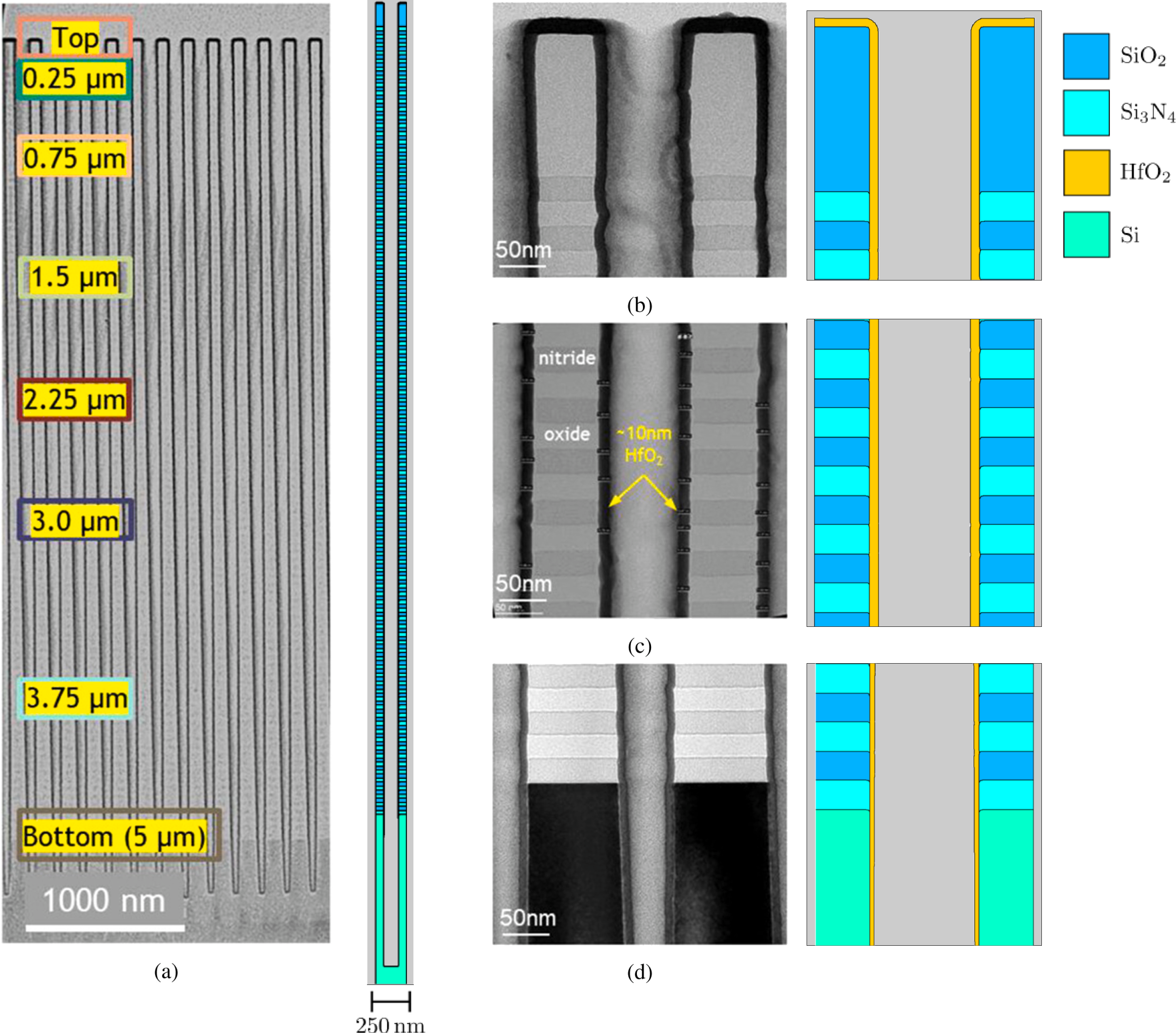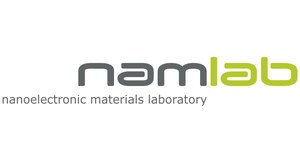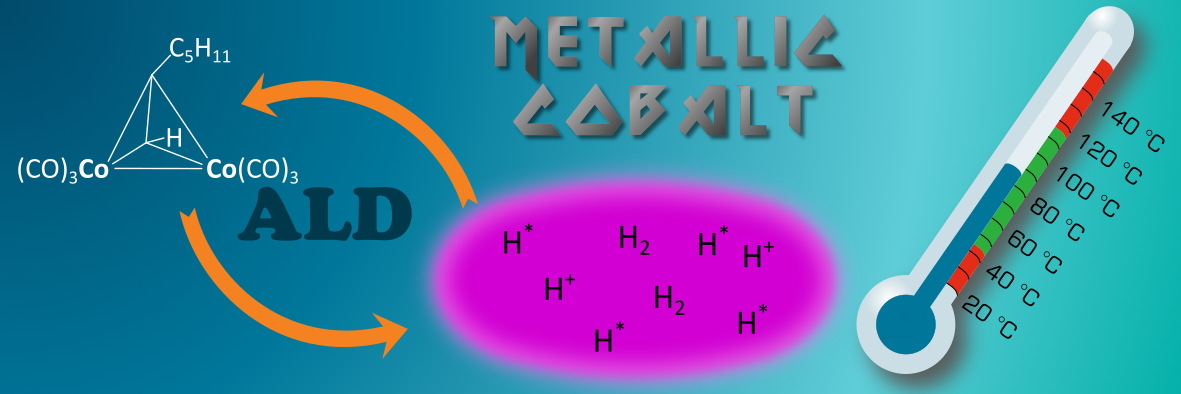Dresden Microelectronics Academy 2024
This year’s cfaed Summer School “Dresden Microelectronics Academy (DMA’24)” will by steered by Prof. Stefan Mannsfeld and supported by the Dresden companies Bosch, Globalfoundries, Infineon, and X-Fab. The one-week event will take place from 9-13 September 2024.








